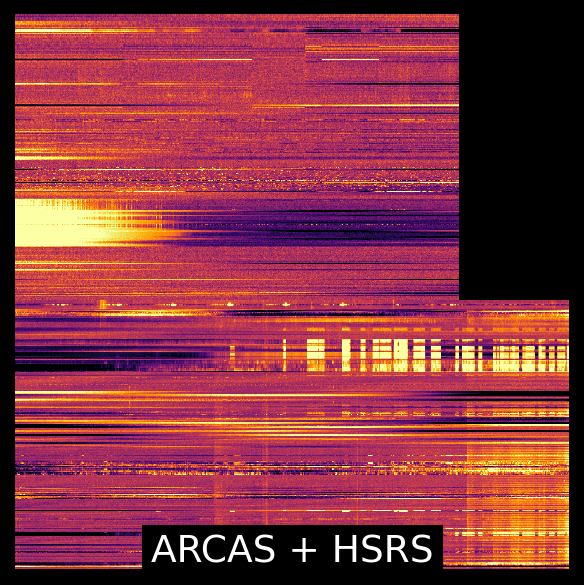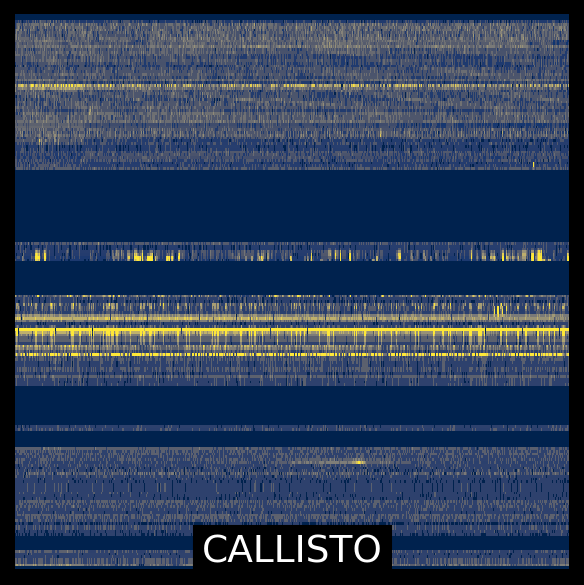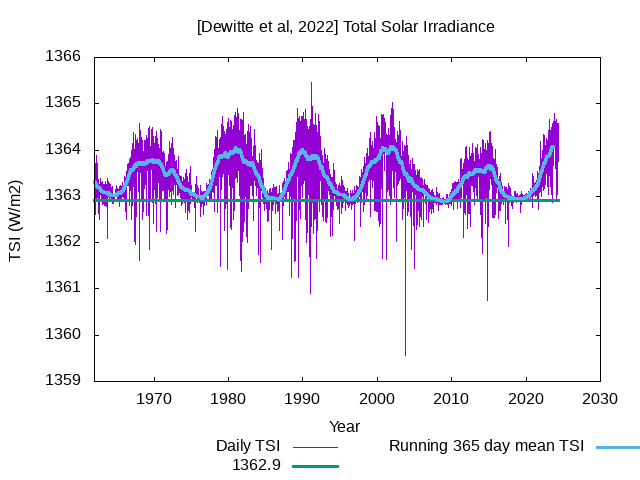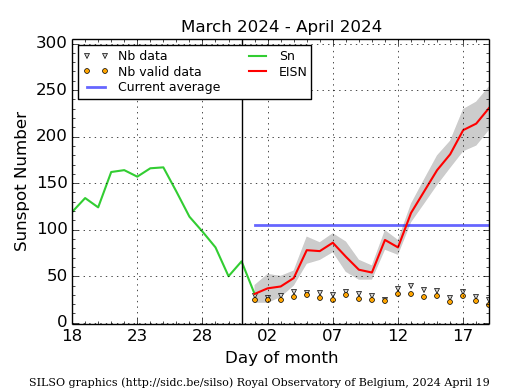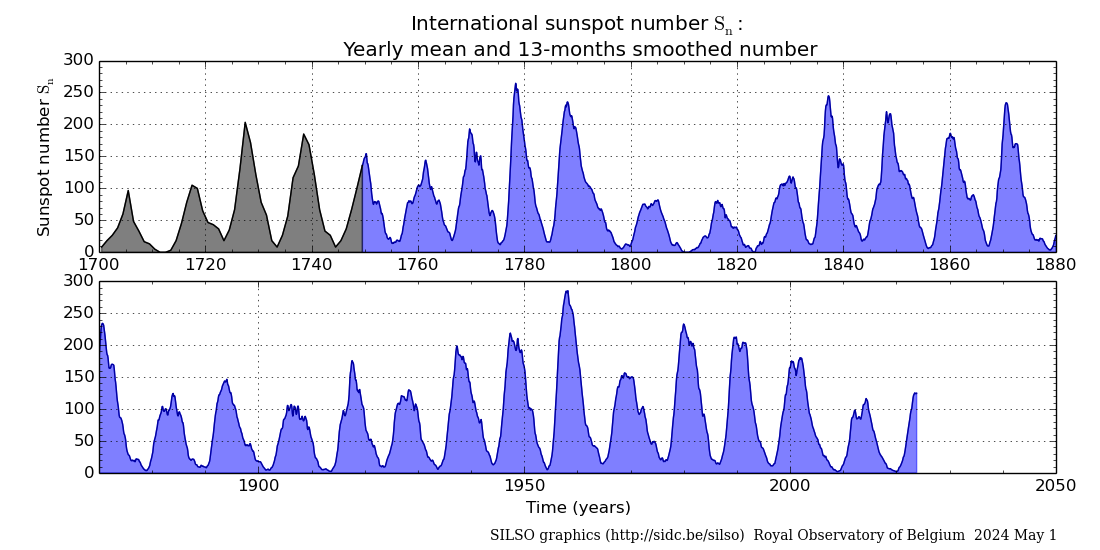The solar flaring activity was at moderate levels with few M-class flares during the last 24 hours. The largest reported flare was GOES M5.2 flare, which peaked at 06:16 UT on May 07, from NOAA AR 3663. During the flare, the source region (AR 3663) of the flare had beta-gamma-delta configuration of its photospheric magnetic field. NOAA AR 3663 (beta-gamma-delta), AR 3664 (beta-gamma-delta), and AR 3668 (beta-gamma) are the magnetically complex regions which produced all flaring activity over the past 24 hours. All three regions produced M-class flares. All other regions were inactive and stable. The solar flaring activity is expected to be at moderate to high levels over the next 24 hours possibly with M-class flares and a chance for isolated X-class flares.
Further analysis of a coronal mass ejections (CME), detected at 15:36 UTC on May 05 in LASCO C2 data with a projected speed of 325 km/s and a projected width of 118 degree (as measured by Cactus tool), shows a possible glancing blow at Earth on May 10. This CME was associated with the eruption seen around NOAA AR 3664 and AR 3668 on the SE quadrant of the Sun around 14:20 UT on May 05. No other Earth-directed CMEs were detected in the available coronagraph observations during last 24 hours.
The greater than 10 MeV GOES proton flux was below the threshold level over the past 24 hours and is expected to remain so for the next 24 hours.
The greater than 2 MeV electron flux, as measured by the GOES-16 satellite, was below the threshold level over the past 24 hours and is expected to remain so in the coming 24 hours. The 24h electron fluence is presently at normal level and is expected to remain so for the next 24 hours.

